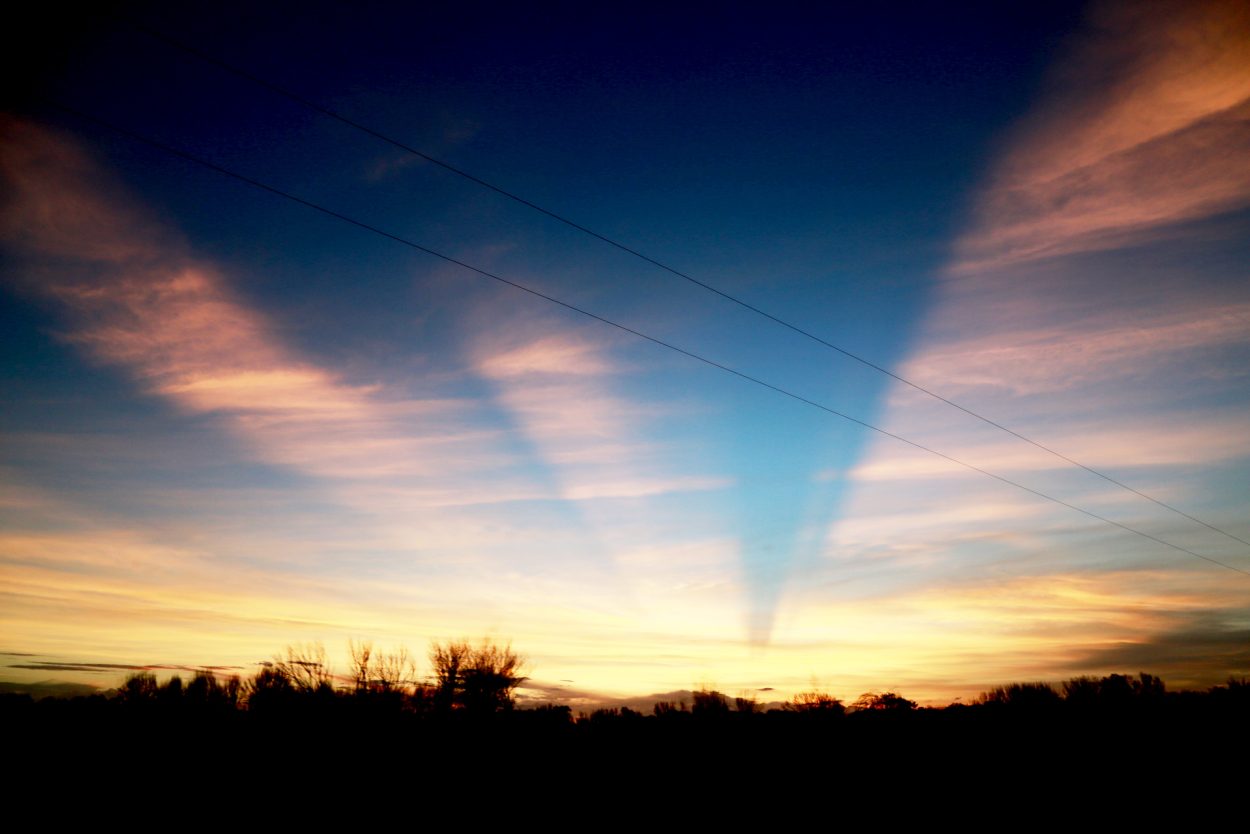Arlparra & LA Meetings
A land rich in Aboriginal culture, languages and lore, Arlparra has an abundance of bush-tucker and world famous artwork. LA Meetings are subject to change, so please call the Area Manager to check dates.
“So that’s the message, very strong. We will not stop being Aboriginal people, with our language, with our rituals, through our rituals our responsibilities to the land, and furthermore, holding that land as the underpinning of everything we are.”
Statement from TO in Arlparra/Utopia [This is What We Said: Australian Aboriginal People Give Their Views on the Intervention]
The homelands movement began in the late 1960s and gained momentum through the 1970s and 1980s. Small Aboriginal groups - often families or other closely related people - left larger communities and relocated on (or closer to) their traditional land. Homelands allow Aboriginal people to gather traditional foods and be close to sacred sites, burial places and dreaming trails.
The Utopia homelands are one of the more established homelands in the NT, comprising of 16 dispersed communities. These communities are separated by rough, corrugated dirt roads and in some cases by the dry and sandy river bed of the Sandover River. The most central community is Arlparra, on the eastern perimeter of the Western Desert adjacent to the traditional land of the Eastern Anmatyarre and Alyawarre people.
History: Named by German settlers in the early 1920s, Utopia was a pastoral lease owned by the Chalmers family. Aboriginal people originally lived close to the main homestead area now known as Three Bores Homeland. The property was sold and became alienated Crown land held on behalf of Aboriginal people. After a lengthy land claim hearing, this land legally became known as the Angarapa Aboriginal Land Trust under the Aboriginal Land Rights (NT) Act 1976. Aboriginal families then moved back to their more traditional areas.
Art scene: During the late 1980’s the Aboriginal people of Utopia started to put acrylic paint on canvas. This followed a very successful decade of working with batik, several years after the Papunya art movement began. Utopia artists were initially quite formal in their painting techniques with fairly large dot or linear work. It didn’t take long, however, before many artists became bolder in style, colour and flair. This is what the contemporary art of Utopia is renowned for today.
Services: Barkly Regional Council Arlparra Service Centre, Arlparra General Store, Primary School, High School, general store, Urapuntja Aboriginal Corporation and Urapuntja Health Clinic (10km north of Arlparra).
Airstrip: This small runway is situated close to the Urapuntja Health clinic at Urapuntja (Amengernternenh)
Infrastructure: Arlparra Service Centre upgrade – May 2014, Arlparra playground upgrade - 2014, Utopia septic system upgrade – 2014, water tanks at Rocket range, Anterrengeny, Kurrajong, landfill construction, new police station construction, Utopia homelands water infrastructure for Pungalindum and Urapuntja clinic, workforce development.
Power: 240 volt power is generated from Arlparra to supply all homelands, including Irrultja and Ampilatwatja.
Water: Water is provided to most communities through bores and stored in ground and elevated tanks. Barkly Regional Council transports water to the communities without bores.

